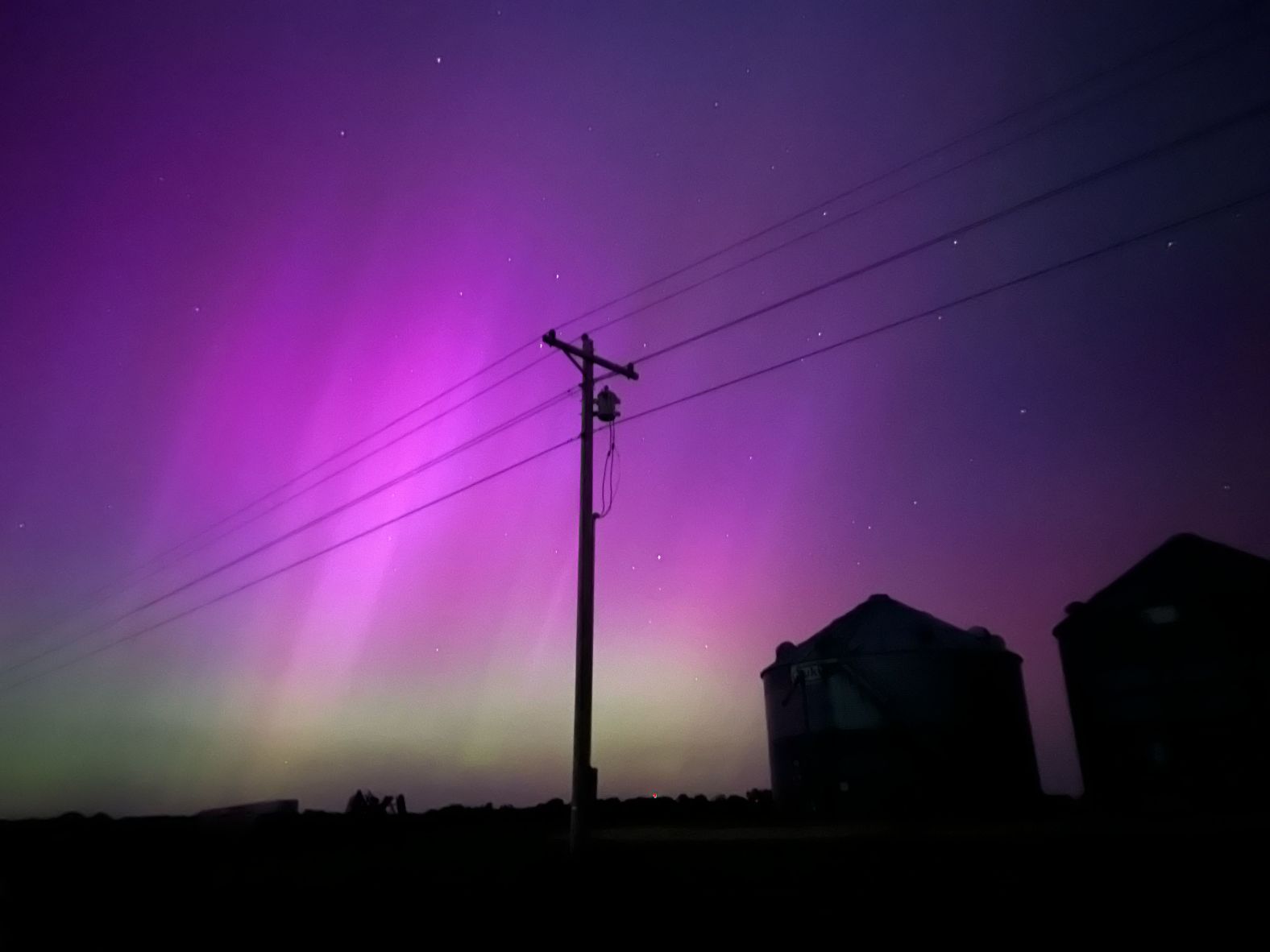A series of solar flares and coronal mass ejections from the sun are creating dazzling auroras across the globe.
The rare solar storm may also disrupt communications. The last time a solar storm of this magnitude reached Earth was in October 2003, according to the National Oceanic and Atmospheric Administration's Space Weather Prediction Center.
Increased solar activity causes auroras that dance around Earth's poles, known as the northern lights, or aurora borealis, and southern lights, or aurora australis. When the energized particles from coronal mass ejections reach Earth's magnetic field, they interact with gases in the atmosphere to create different colored light in the sky.
Even if auroras don't appear visible, photos of the night sky may capture colors you can't see with the naked eye.


























